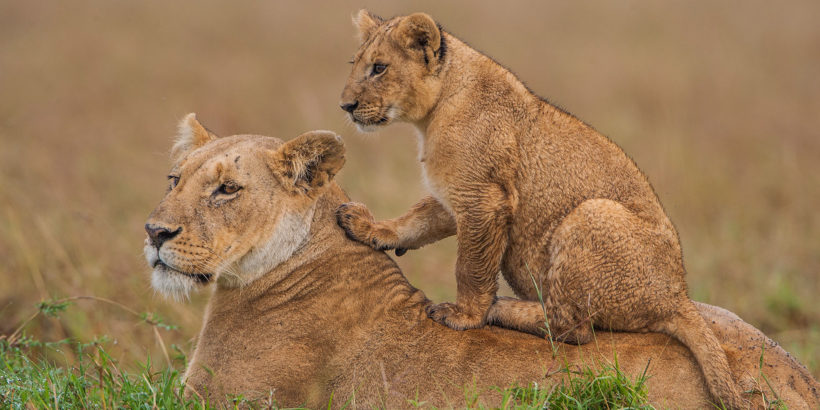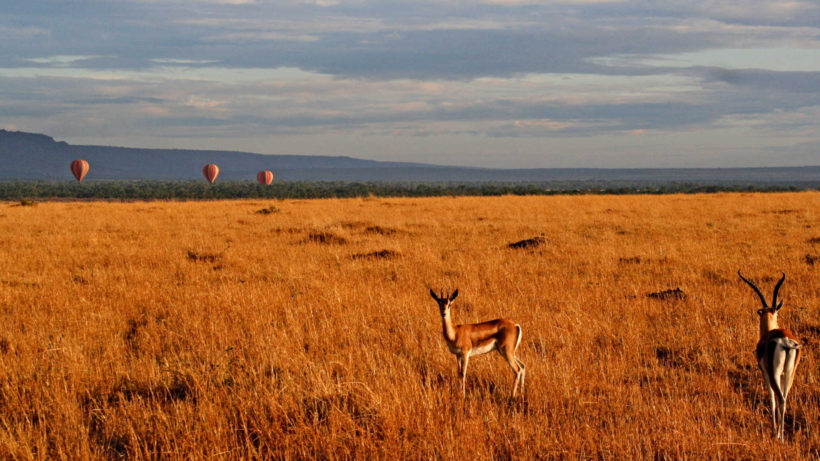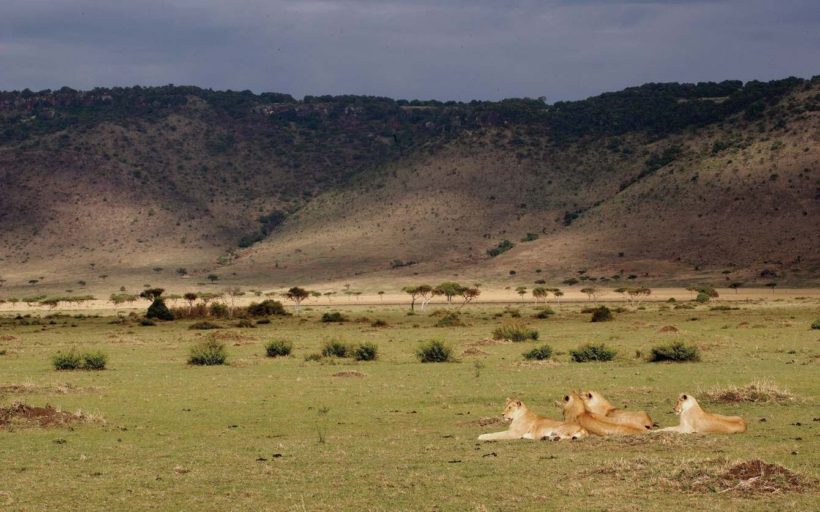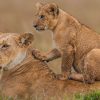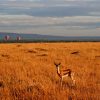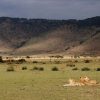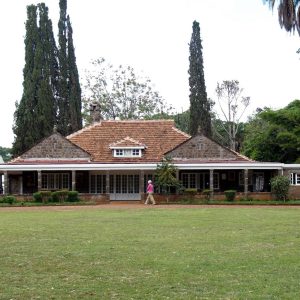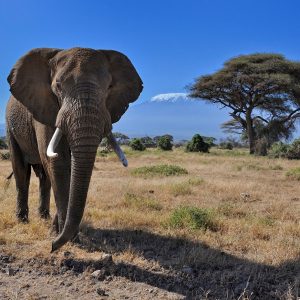Masai Mara National Reserve (also known as Masai Mara or the Mara) is situated within the Great Rift Valley in the southern part of Kenya. Measuring approximately 1510sq. Km (approx. 938sq. miles) in size, this unfenced savannah grassland is roughly 150 miles southeast of Nairobi.
Maasai Mara derives its name from the indigenous people of Kenya – the Maasai tribe – and the Mara River that cuts through the park. The Masai Mara provides the best view of the famous wildebeest migration as the animals cross the Mara River between July and August. The Mara is also home to the richest concentration of wildlife, including the “Big Five” (elephants, lions, leopards, rhinos, and buffalo), zebras, antelope, gnus, Oribis, hyenas, giraffes, warthogs, gazelles, hartebeests, hippos, crocodiles and others.
The park has the largest concentration of African lions, including the black-manned lion. Kenya Animals seen at Masai Mara Safari Kenya Birdlife is as plentiful as wildlife at the Masai Mara, which boasts over 400 different bird species. The park experiences a hot and dry climate with a regular rainfall season twice a year. The reserve’s topography is mainly open savannah (grassland) with clusters of acacia trees along the southeastern area of the park.
The Mara and Talek rivers grace the rolling plains of the reserve. Myriad seasonal rivers appear during the rainy season but dry out once the rains are gone. Maasai Mara National Reserve does not fall under the jurisdiction of the Kenya Wildlife Service (KWS); instead, it is managed by the local county council of Narok district.

